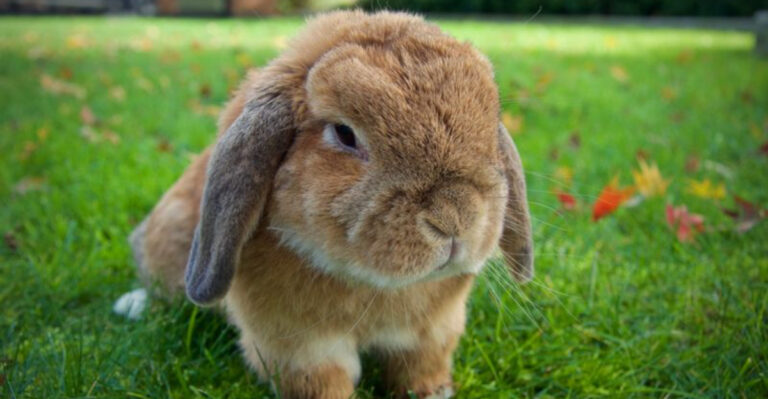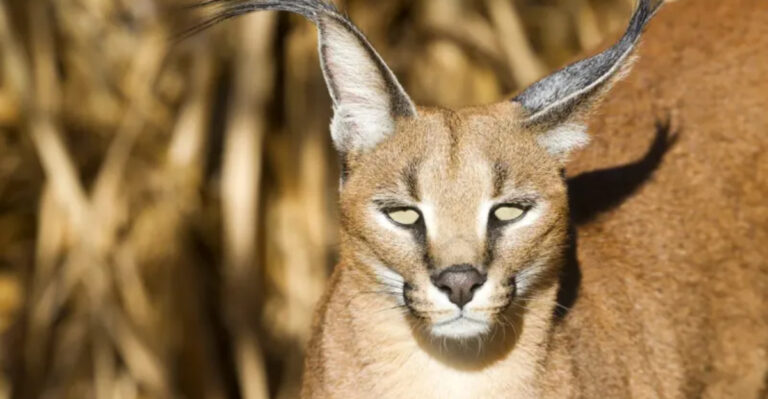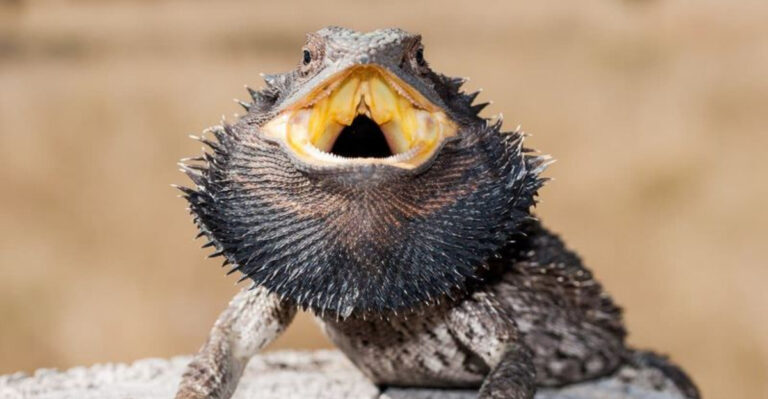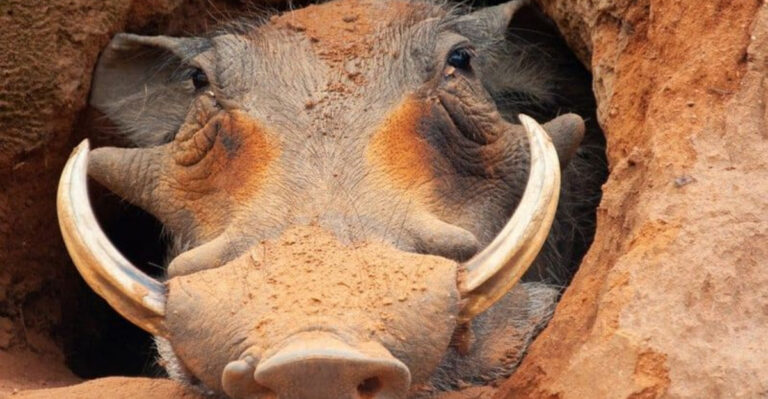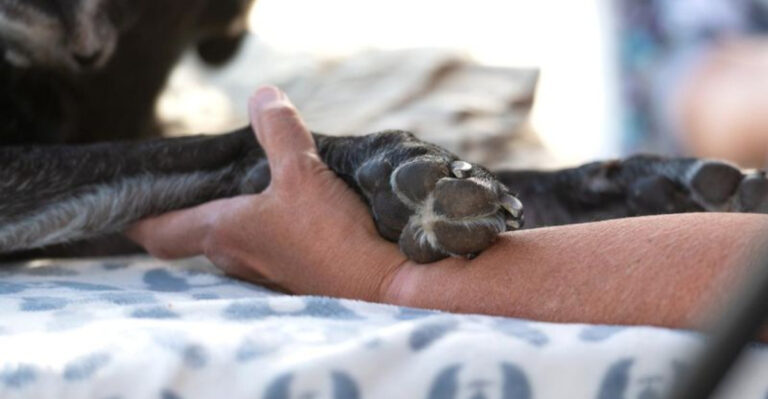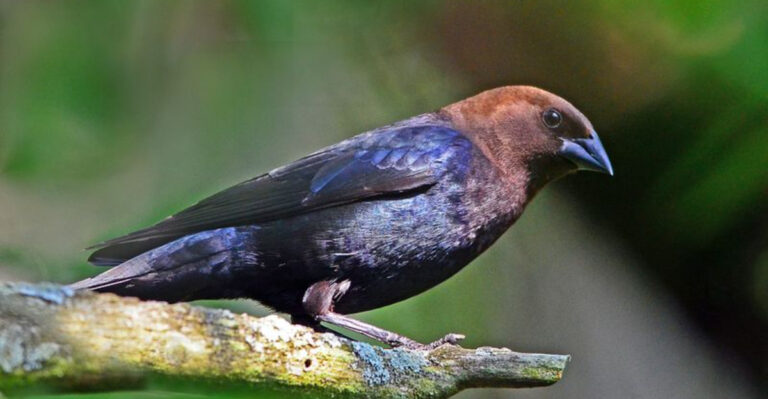14 Rarest Cat Breeds You’ll See In American Homes
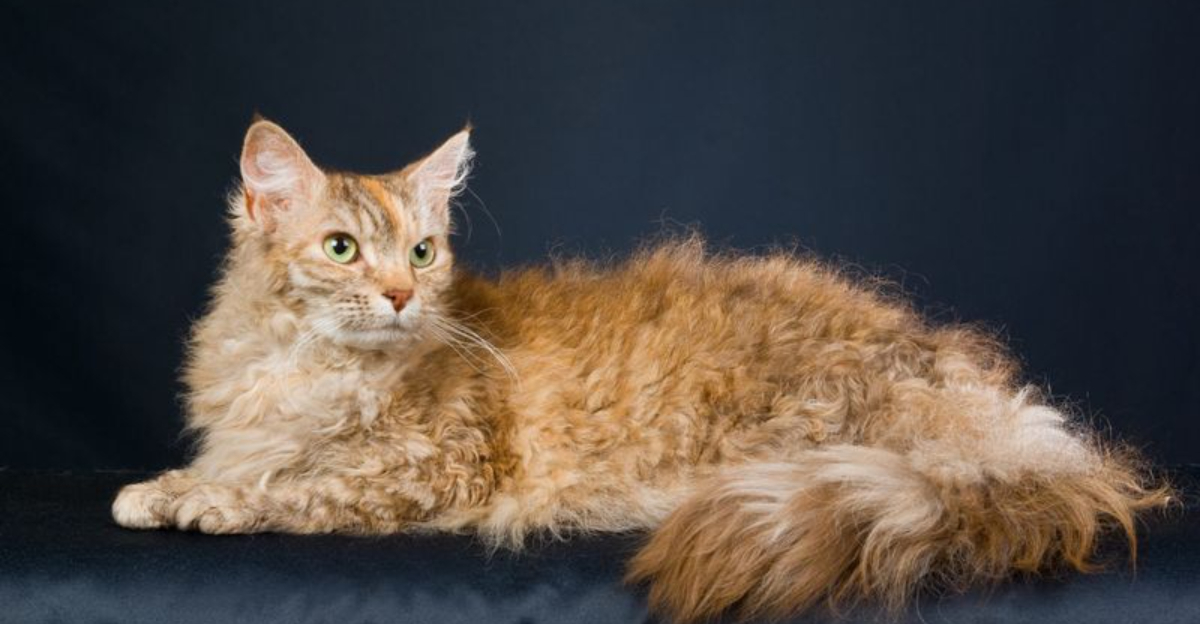
Ever wondered which feline friends are the hardest to spot in your neighborhood? While most American homes house familiar cats like Siamese or Maine Coons, some pet owners seek out the extraordinary.
These ultra-rare cat breeds might cost a pretty penny and require special care, but their unique looks and personalities make them prized companions for the lucky few who find them.
1. The Mysterious Korat
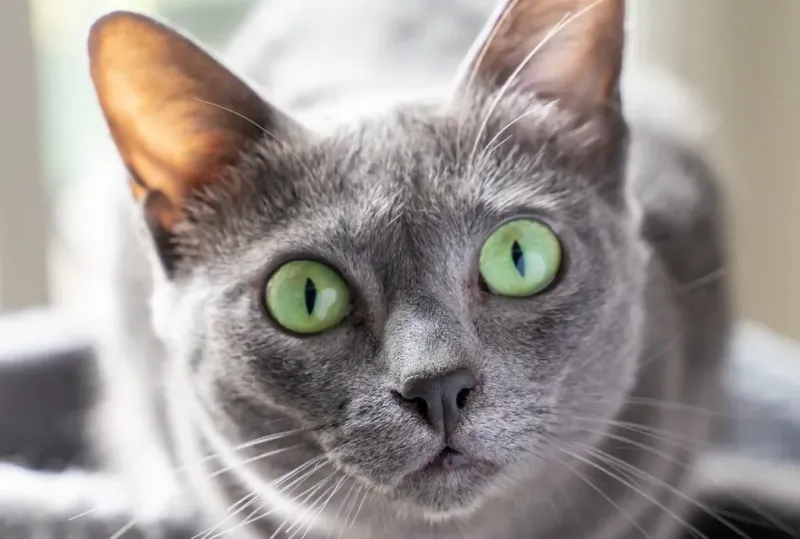
Considered lucky charms in their native Thailand, these blue-gray beauties are as rare as four-leaf clovers in American homes.
With heart-shaped faces and luminous green eyes, Korats form intense bonds with their families. Ancient Thai tradition even included gifting Korats to brides for good fortune!
2. Exotic Sokoke Forest Cat

Straight from Kenya’s Arabuko-Sokoke Forest comes one of the world’s scarcest domestic cats.
Their wild-looking tabby coats feature distinctive marble patterns unlike any other breed. Originally feral cats, Sokokes maintain their athletic prowess while developing surprisingly affectionate personalities with their chosen humans.
3. Elegant Turkish Van
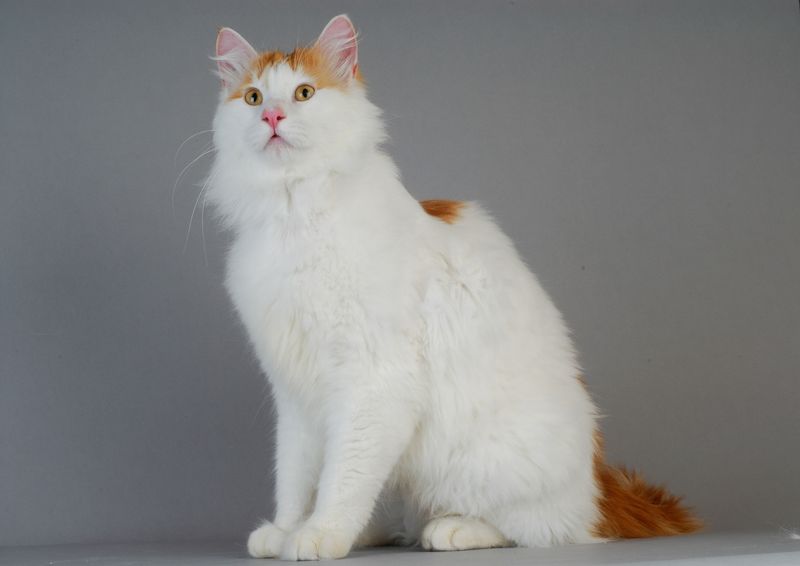
Famous for their love of swimming, these cream-colored cats with auburn markings are nicknamed ‘swimming cats’ for good reason!
Dating back thousands of years to Turkey’s Lake Van region, they’ve only recently arrived in America. Their water-resistant coats and powerful bodies make them natural swimmers—unlike most of their feline cousins.
4. Toyger: Mini Jungle Royalty
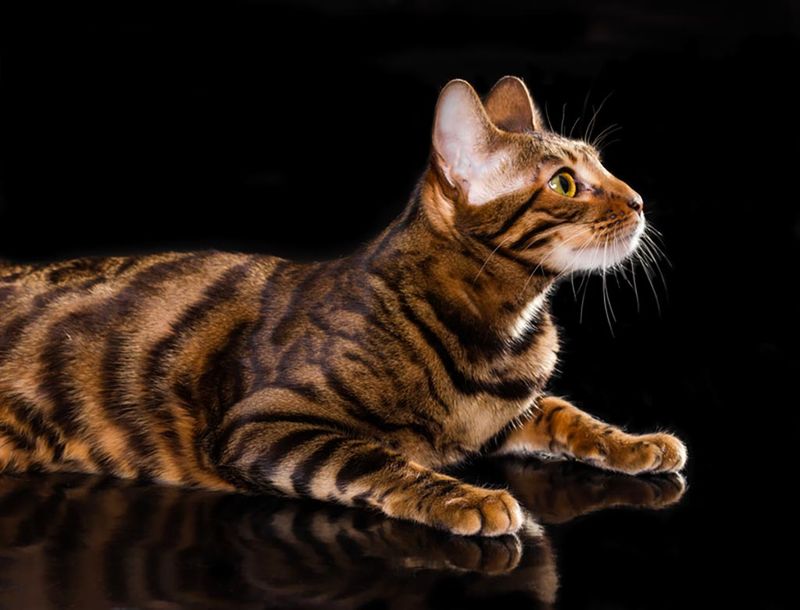
Want a tiger without the danger? These designer cats feature stunning striped coats meticulously bred to mimic wild tigers.
Developed in the 1980s, Toygers remain incredibly scarce despite growing popularity. Their friendly, outgoing personalities contrast dramatically with their fierce appearance, making them conversation-starting companions.
5. Chartreux: France’s Blue Treasure
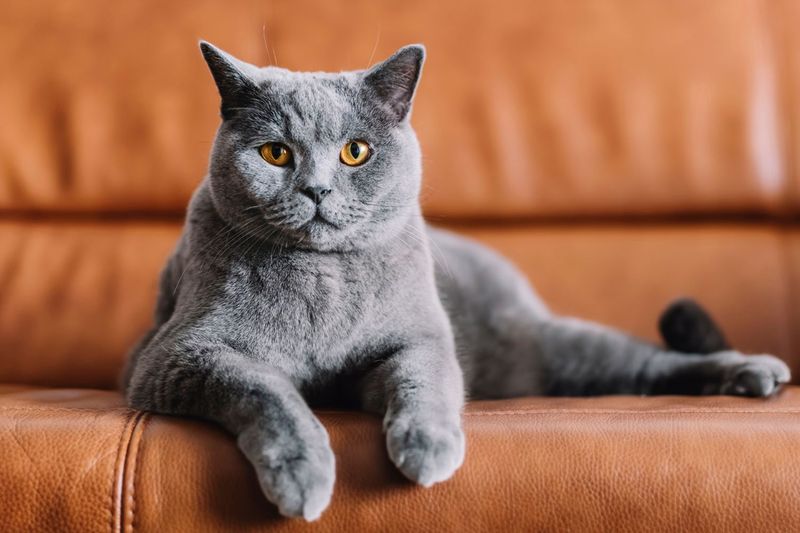
Quiet as monks and nearly as rare! These blue-gray cats with copper eyes almost disappeared during World War II.
Legend claims they once lived alongside Carthusian monks in French monasteries. Their famous ‘smiling’ expression comes from their unique head shape and muzzle structure, giving them a perpetually pleased appearance.
6. Norwegian Forest Cat
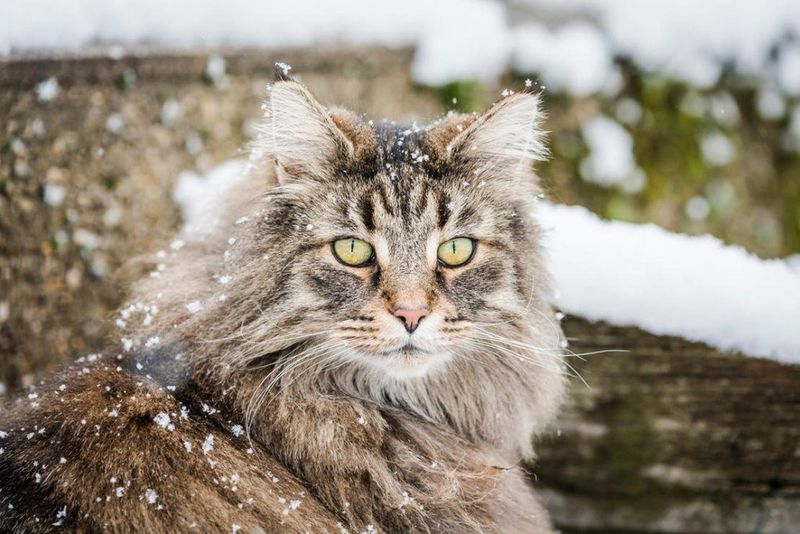
Imagine a majestic, long-haired warrior cat built for Scandinavian winters! These gentle giants feature water-resistant double coats and tufted ears.
Featured in Norse mythology as the goddess Freya’s chosen companions, these cats nearly vanished before dedicated breeding programs saved them. Despite growing popularity elsewhere, they remain uncommon treasures in American homes.
7. LaPerm: Nature’s Perm
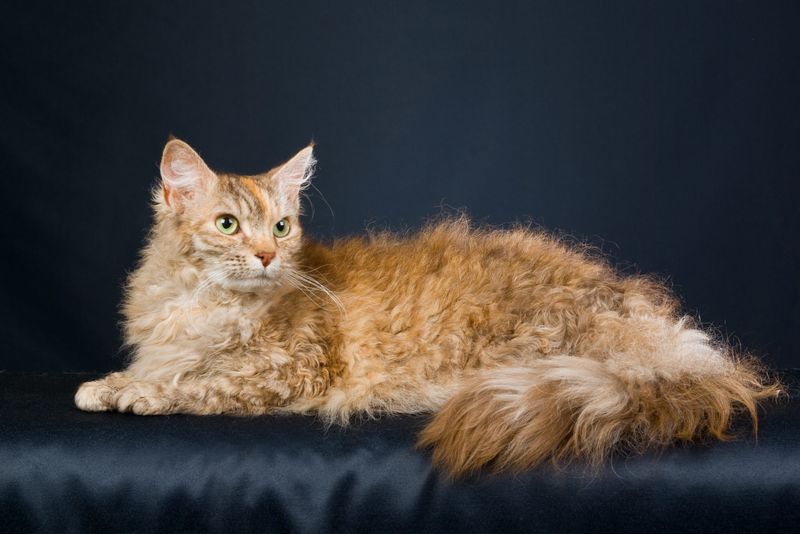
Born from a genetic mutation on an Oregon farm in 1982, these curly-coated cats look like they just left the salon!
Their name playfully references their distinctive curly fur, which feels surprisingly soft despite its springy appearance. Each LaPerm has a unique curl pattern—no two are exactly alike, making them living works of art.
8. Petite Singapura
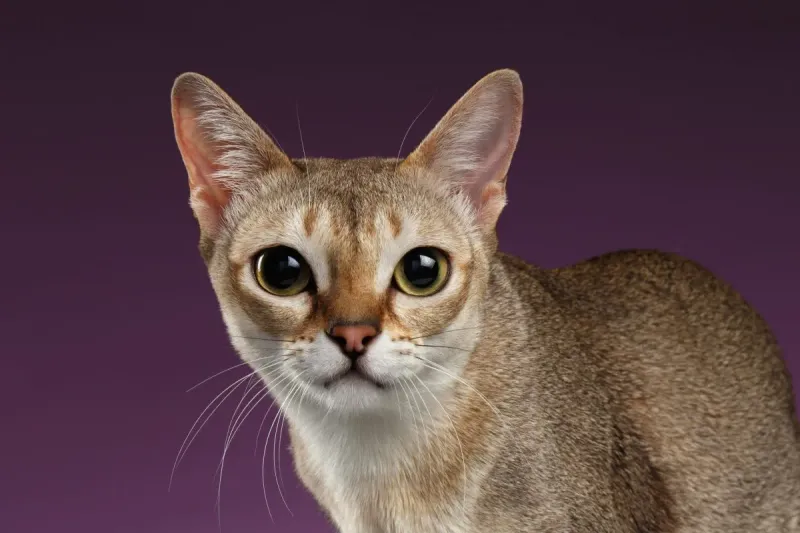
Don’t let their small size fool you! These pint-sized cats from Singapore pack huge personalities into frames that rarely exceed six pounds.
Their sepia-toned coats and oversized eyes give them an eternally kitten-like appearance. Once street cats along Singapore’s river, they’re now among the world’s rarest pedigreed breeds.
9. American Wirehair
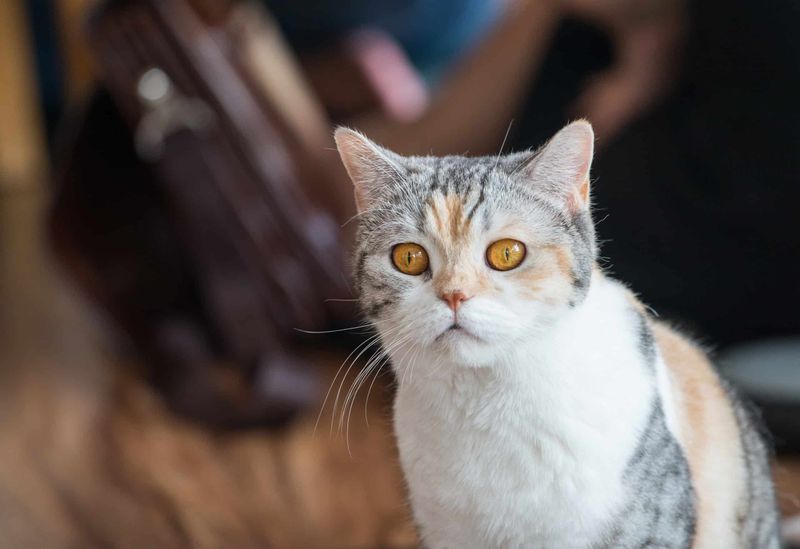
Born from a spontaneous mutation in upstate New York, these cats sport springy, crimped coats that feel like steel wool!
Despite being America’s own rare breed, fewer than 100 registered Wirehairs exist nationwide. Their unique texture extends to their whiskers, which often curl and twist unlike any other cat breed.
10. Striking Egyptian Mau
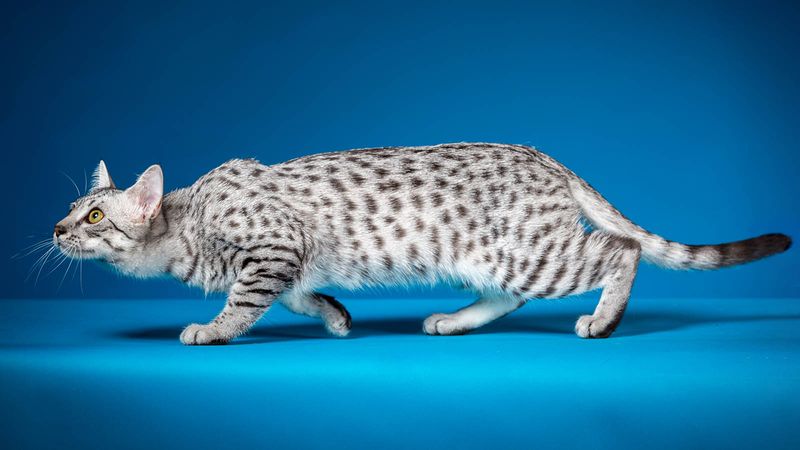
Fast as lightning and spotted like leopards, these natural athletes hold the record as the fastest domestic cats.
Their spots aren’t painted on by breeders—they’re naturally occurring, just like wild cats! Ancient Egyptian tomb paintings depict these revered felines, yet today you’ll rarely spot one outside of specialty cat shows.
11. Regal Nebelung
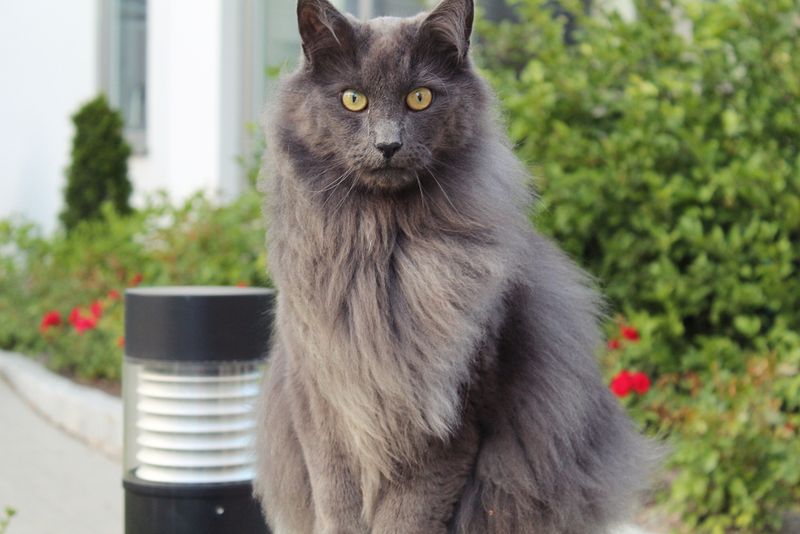
Wrapped in misty blue-gray fur that seems to float like fog around them, these cats live up to their German name meaning ‘creature of the mist.’
Developed in the 1980s, Nebelungs remain so scarce that many cat lovers have never seen one in person. Reserved with strangers but deeply devoted to their chosen people.
12. Pixie-Bob: Bobcat Lookalike
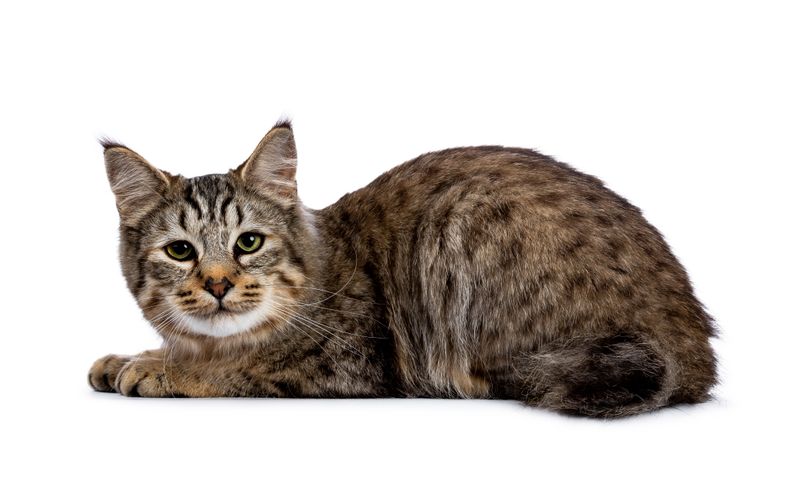
Looking like they stepped straight out of the wilderness, these domestic cats bear striking resemblance to wild bobcats.
Many sport extra toes and shortened, bobbed tails. Despite folklore claiming wild bobcat ancestry, DNA testing shows they’re fully domestic—just blessed with wild good looks and dog-like personalities that love walking on leashes!
13. Kurilian Bobtail
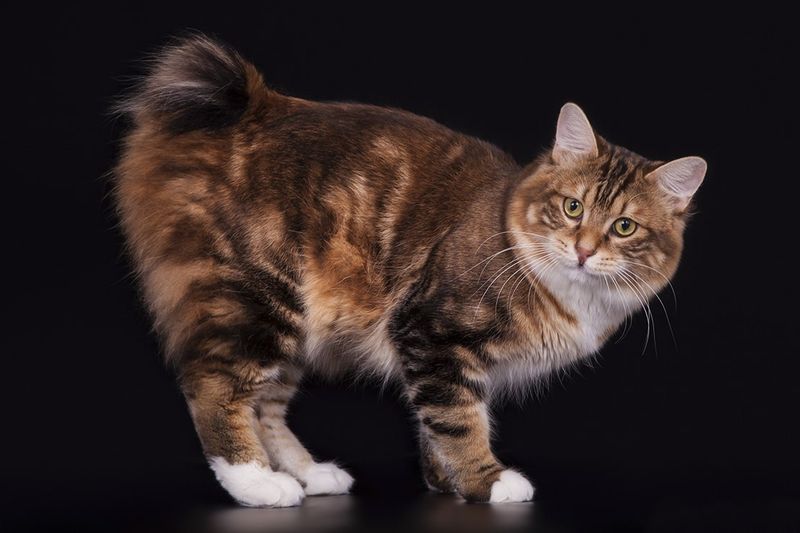
Hailing from Russia’s remote Kuril Islands, these natural bobtails sport pom-pom tails as unique as fingerprints.
No two tail shapes are alike! Hardy survivors adapted to harsh island conditions, they excel as mousers while maintaining playful, social personalities. Despite centuries of existence, they only reached American shores in the 1990s.
14. Ojos Azules: Blue-Eyed Wonder
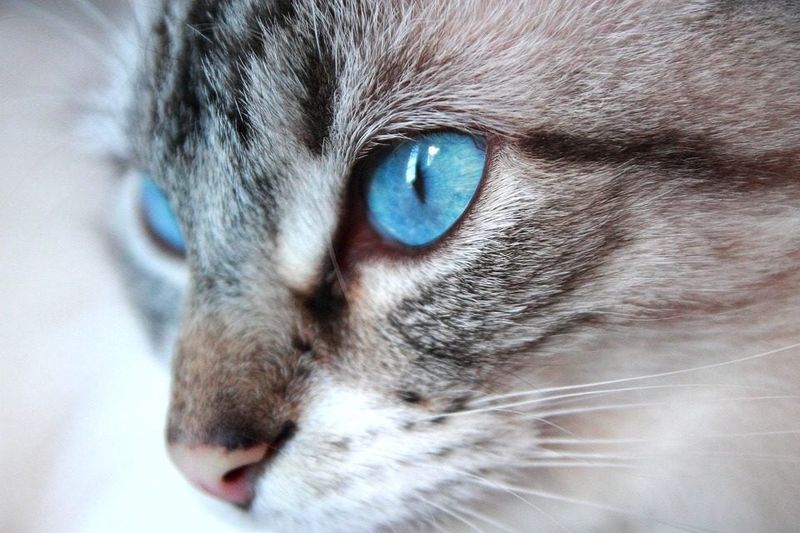
Sporting cornflower-blue eyes regardless of coat color, these cats defy typical color genetics.
First discovered in New Mexico in 1984, only a handful exist today. The gene causing their stunning eye color proved potentially dangerous when inherited from both parents, nearly halting the breed’s development. Pure Ojos Azules remain among the world’s scarcest cats.

